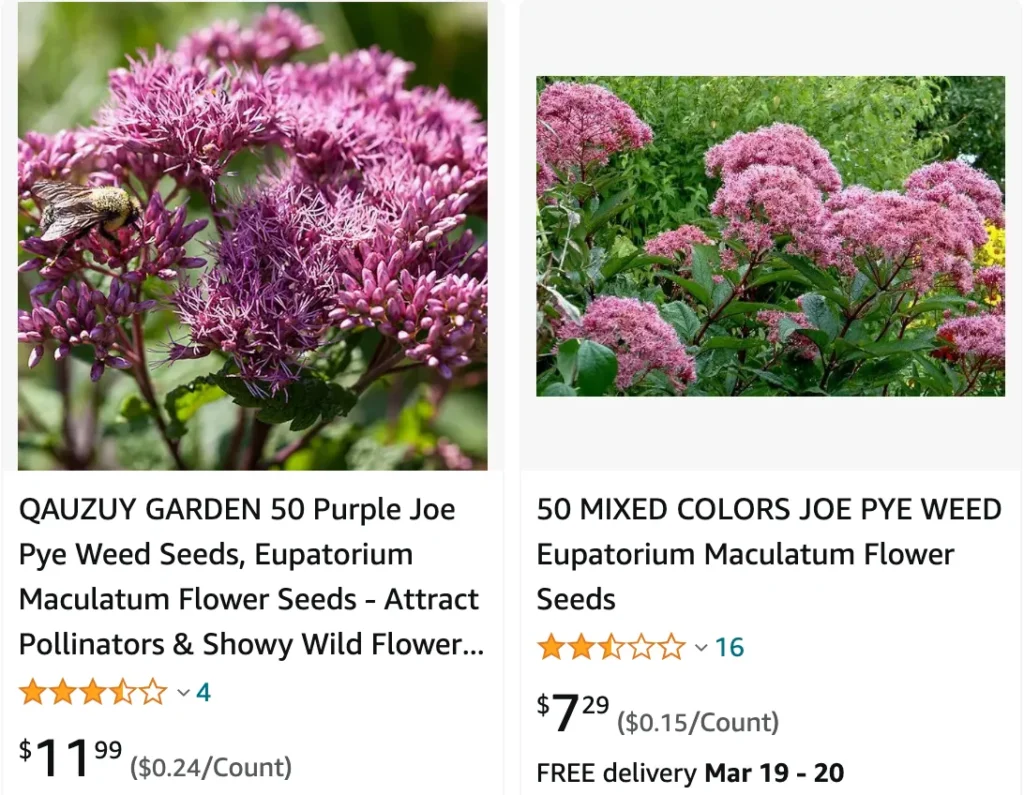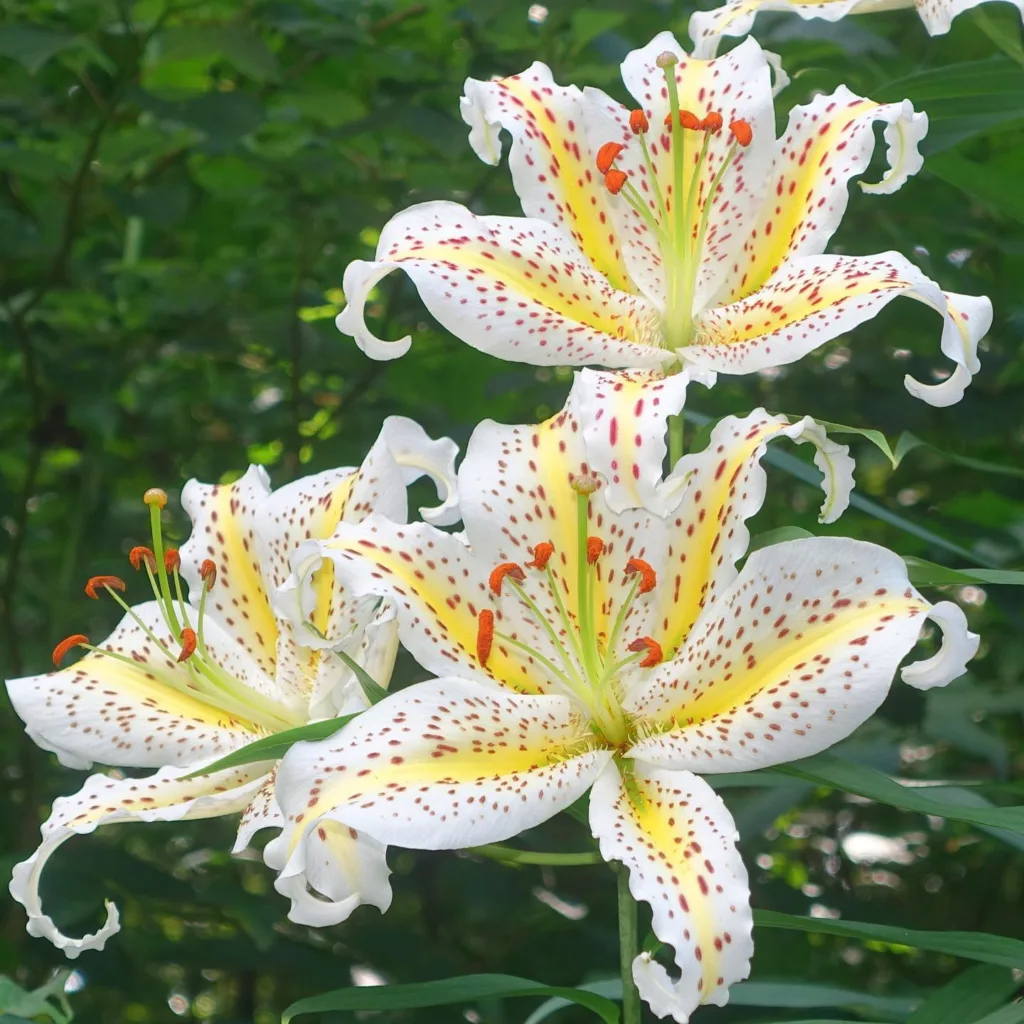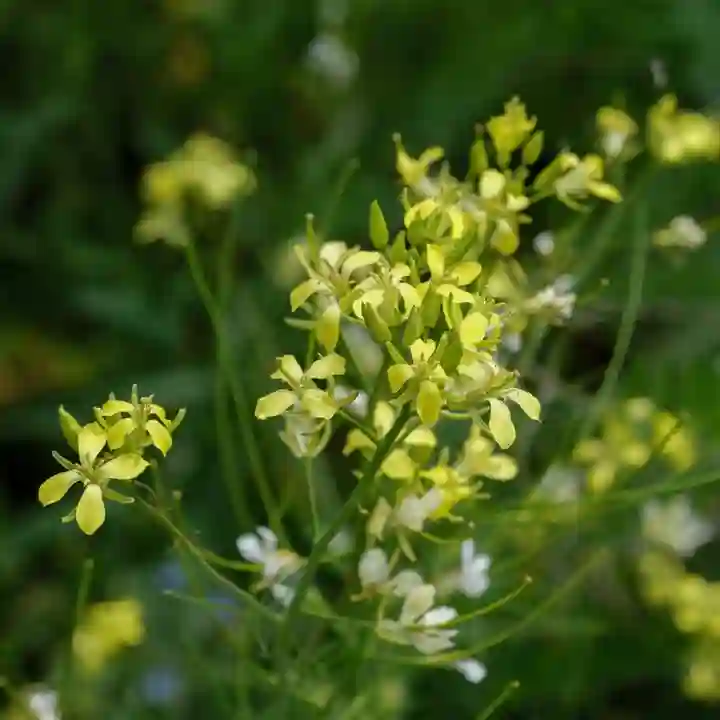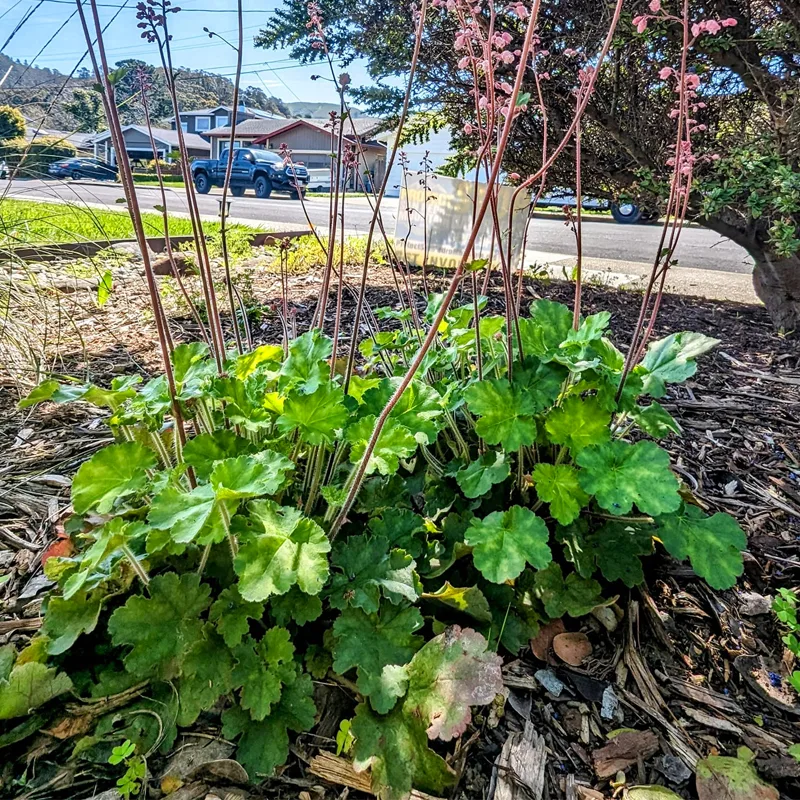
Everything You Need to Know About Joe Pye Weed
When I first encountered Joe Pye Weed, I was intrigued by its striking appearance and intriguing name. This perennial plant, known for its tall stature and beautiful blooms, can be a fantastic addition to any garden. However, before you dive into growing Joe Pye Weed, you might have a few questions. I’ve gathered some frequently asked questions to help you get acquainted with this plant.
68 Species in Genus Eupatorium
Is Joe Pye Weed Invasive?
Joe Pye Weed (Eutrochium Purpureum) is not typically considered invasive. It’s a native plant in many regions, which means it generally coexists well with local flora. However, it can spread through self-seeding and can form large colonies if left unchecked. While it isn’t aggressive like some other species, it’s still a good idea to monitor its growth and manage its spread if needed.
Is Joe Pye Weed Toxic to Dogs?
One of my concerns when choosing plants is their safety for pets. Fortunately, Joe Pye Weed is not toxic to dogs. It’s always wise to keep an eye on your pets to ensure they don’t munch on garden plants, but Joe Pye Weed is generally safe around dogs.
Do Deer Eat Joe Pye Weed?
If you’re dealing with deer in your garden, you’ll be pleased to know that Joe Pye Weed is not a favorite among these animals. Deer tend to avoid plants with strong odors or those that are less palatable, and Joe Pye Weed falls into that category. This can make it a good choice for deer-prone areas.
When Does Joe Pye Weed Bloom?
Joe Pye Weed typically blooms from mid-summer to early fall. The plant produces large, dome-shaped clusters of pink to purple flowers that attract butterflies and other pollinators. I find that the blooms provide a beautiful splash of color and interest in the garden as other flowers begin to wane.
Where to Buy Joe Pye Weed?
Finding Joe Pye Weed can be quite straightforward. Many local nurseries and garden centers carry it, especially those that focus on native plants. You can also find it at online plant retailers. When buying, look for healthy, robust plants to ensure a good start in your garden.
When to Plant Joe Pye Weed?
Joe Pye Weed is best planted in the spring or early fall. This timing allows the plant to establish its roots before the extreme temperatures of summer or winter set in. I usually prefer planting in early spring to give the plant a head start for the growing season.
Can Joe Pye Weed Be Grown in Containers?
While Joe Pye Weed is typically grown in garden beds due to its size, it can be grown in containers with some consideration. Choose a large container to accommodate its root system, and ensure the pot has good drainage. Regular watering and fertilizing will help keep it healthy and thriving in a container.
Do Rabbits Eat Joe Pye Weed?
Rabbits generally avoid Joe Pye Weed. Its robust and somewhat unpalatable foliage is not a preferred food source for these critters. If you’re dealing with a rabbit problem, Joe Pye Weed can be a reliable choice to deter them from munching on your garden.
How to Propagate Joe Pye Weed?
Propagating Joe Pye Weed can be done through seeds or division. Seeds should be started indoors in late winter or early spring, or directly sown in the garden after the last frost. For division, dig up the plant in early spring or fall, and separate the root clumps to replant. Both methods can be effective, but division is often quicker and ensures you get plants that are true to type.
Is Joe Pye Weed a Type of Milkweed?
Joe Pye Weed is not a type of milkweed. While both plants are similar in that they attract butterflies, Joe Pye Weed belongs to the Eupatorium family, whereas milkweeds belong to the Asclepiadaceae family. Each has its unique characteristics and benefits for garden ecosystems.
Joe Pye Weed vs Milkweed
Comparing Joe Pye Weed to Milkweed, the key differences lie in their flowers and growth habits. Milkweed (Asclepias spp.) is known for its unique flower structure and is critical for monarch butterfly larvae. Joe Pye Weed, with its tall stature and dome-shaped flower clusters, offers a different aesthetic and also supports pollinators but isn’t as crucial for monarchs.
Joe Pye Weed vs Ironweed
Joe Pye Weed and Ironweed (Vernonia spp.) can be similar in height and flowering season, but Ironweed typically has more vibrant purple flowers and a more rigid growth structure. Both attract pollinators and make great garden plants, but Ironweed is generally more robust and can be a better choice for areas with more aggressive growth conditions.
Joe Pye Weed vs Swamp Milkweed
Joe Pye Weed and Swamp Milkweed (Asclepias incarnata) both thrive in moist soils and attract butterflies, but they have different flowering structures. Swamp Milkweed has clusters of smaller, pink to lavender flowers and is crucial for monarchs. Joe Pye Weed’s larger flower clusters and taller growth make it a striking addition to any garden, but it serves a different role in supporting local wildlife.
Joe Pye Weed vs Boneset
Joe Pye Weed and Boneset (Eupatorium perfoliatum) are often confused due to their similar names and some shared characteristics. Both are native and support pollinators, but Boneset has a more upright habit and distinctively different flower clusters. Joe Pye Weed tends to be taller with rounded flower heads, while Boneset has flatter, more clustered blooms.
How to Care for Joe Pye Weed
Joe Pye Weed is relatively low-maintenance. It thrives in full sun to partial shade and prefers moist, well-drained soil. Regular watering is essential, especially in dry periods. Deadheading spent blooms can encourage longer flowering and a tidier appearance. Pruning back in late winter or early spring helps keep the plant healthy and encourages robust new growth.
Benefits of Joe Pye Weed
Joe Pye Weed offers numerous benefits beyond its visual appeal. It’s excellent for attracting butterflies and pollinators, making it a valuable addition to a pollinator garden. Its tall stature can provide vertical interest in garden beds and it’s relatively easy to care for, making it suitable for a variety of garden settings.
Joe Pye Weed has certainly earned its place in my garden with its beauty and benefits. Whether you’re considering it for its aesthetic appeal, its role in supporting wildlife, or simply its ease of care, it’s a plant that’s worth adding to your green space.
If i die, water my plants!



